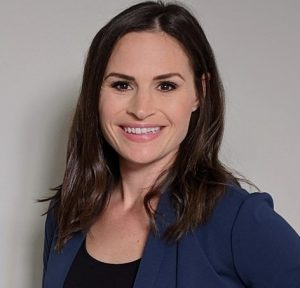Without positive team dynamics, your business can’t leverage the full potential of your employees or tap into their best skills and experience.
What exactly are team dynamics? More than just another industry buzz phrase, it refers to how team members’ distinct roles and behaviors impact other members, as well as the group. This includes any subconscious or psychological factors that influence a team’s performance.
What a Good Team Dynamic Looks Like
A team with positive group dynamics has members who trust one another and can work toward collective decision making and be held accountable for results. These teams are dynamic, constructive and productive. They demonstrate mutual understanding and self-corrective behavior.
By contrast, poor group dynamics are destructive for decision making or successful work outcomes. Creativity, effectiveness, and morale are threatened.
How to Boost Team Dynamics
No two teams are the same, so improving group dynamics begins with identifying any troubling issues and then formulating a tailored strategy for change.
- Diagnose and get to know your team. Do a team “health check” to find out what’s going wrong. Observe the team at work and conduct individual interviews in a safe, private space. Talk to relevant people associated with the team, such as line managers, to gather further information.
- Address problems quickly. If you spot counterproductive behavior, address it ASAP. Speak to individuals directly and invite them to reflect on how they can change that behavior to support team goals. Conflicts are bound to happen from time to time. When they do, encourage open discussion and help guide team members to a resolution.
- Create a team charter. This provides members with a clear focus. Your charter should clearly define each person’s role on the team and set clear expectations for behavior and outcomes.
- Enhance team culture. Use team-building exercises to encourage stronger relationships between team members. Your entire workplace should support employee well-being, success, and engagement. Value diversity as you strategize to further build trust and respect.
- Build communication. Drive open communication. Encourage team members to communicate clearly with each other and anyone involved in their work. Keep them updated about project changes and news, so they continually feel included and alerted to whatever is going on. Make sure that every team member, even those who are quiet or introverted, feels their voices are heard.
- Continue to pay attention. Even after problems have been resolved, be on the lookout for any signs of unacceptable behaviors. Reinforce such positive behaviors as successful collaboration, sharing of ideas, trust, and respect.
Partner with the Experts!
Recruiting In Motion is here to help you find employees that fit your company’s needs. Contact us today to learn more about how we can assist you!






































































































